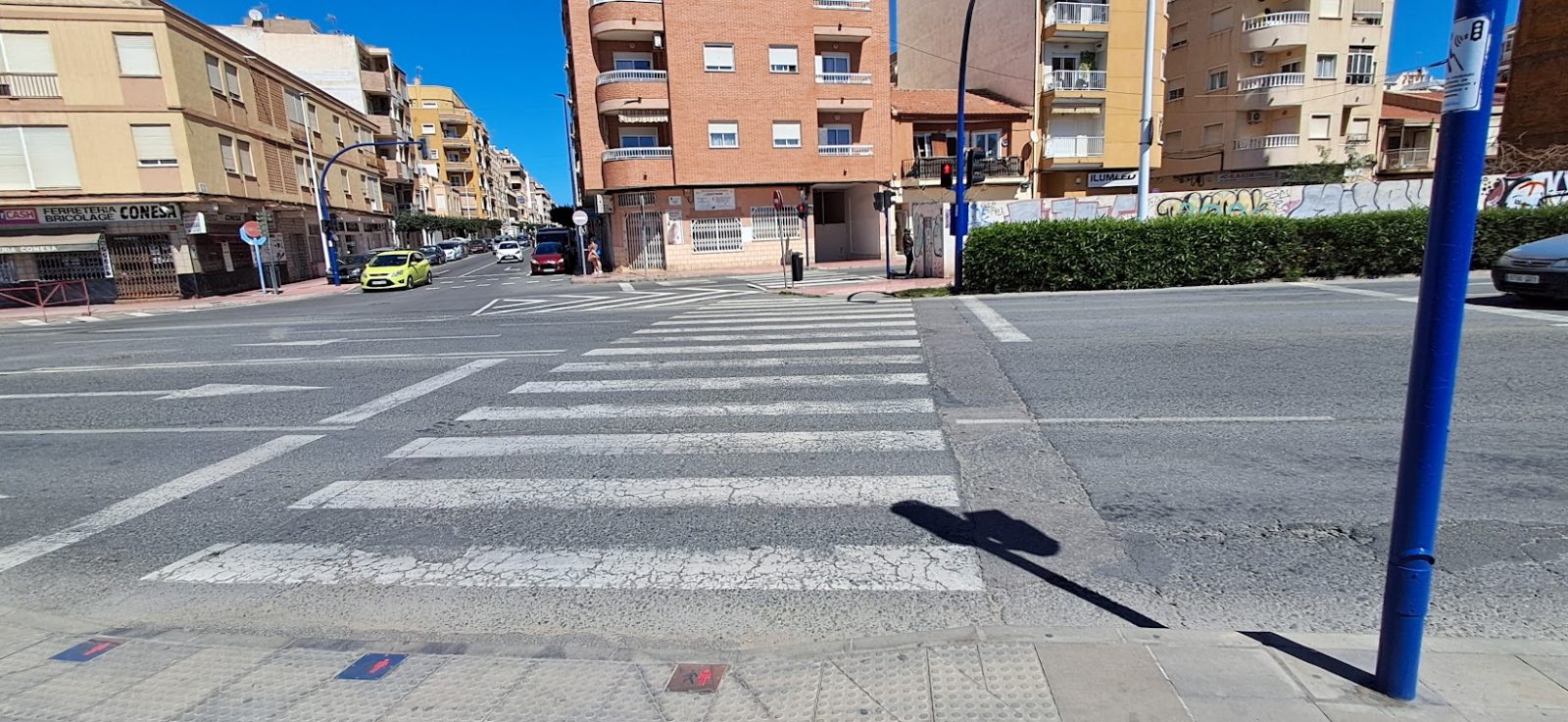Walking to school is one of the healthiest ways to travel. It keeps children active, reduces traffic around schools, and is better for the environment. But as pedestrians are the most vulnerable group of road users, safety must always come first.
Contents
For Parents and Guardians
Parents can help by setting routines and teaching their children the safest habits:
- Use pavements whenever possible. Roads are for vehicles; pavements are for people. Do not allow children to walk on the road unless there is no pavement.
- Visibility is essential. In autumn and winter, or in bad weather, children should wear high-visibility clothing or reflective accessories so drivers can see them.
- Plan the route together. Walk the journey with children a few times, pointing out crossings, junctions, and potential hazards. Encourage calm and safe behaviour.
- Discourage distractions. Phones, music, or headphones reduce awareness. Teach children to stay alert when near traffic.
For Young Pedestrians
If you are walking to school:
- Stay on the pavement whenever one is available.
- If there is no pavement, walk facing oncoming traffic, as far to the side as possible.
- Use pedestrian crossings where they exist. Remember:
- If the crossing has lights, obey them — red means stop.
- Even on a zebra crossing, make sure approaching vehicles have seen you and are stopping before you step out.
- Use footbridges if they are provided. They are there for safety, especially on busy roads.
- Cross smartly. Walk straight across the road, never diagonally. Do not run, stop, or loiter while on the carriageway.
- Roundabouts and squares. Never cut across them on foot; always go around.
- Stay visible and alert. Avoid wearing headphones or staring at your phone — your eyes and ears must be free to notice what is happening around you.
For Drivers
Drivers must always remember that pedestrians are the most vulnerable road users:
- Never park on pavements or crossings. This blocks safe walking routes and forces pedestrians into the road.
- Slow down near schools. Children may cross unexpectedly, sometimes without looking.
- Give space at crossings. Stop well before the marked area so children can see the road clearly and feel safe crossing.
- Stay patient. Even if a child hesitates, do not pressure them by edging forward. Wait until they have crossed fully.

Shared Responsibility
Article 65 of Spanish Traffic Law makes clear that while drivers generally have priority on the road, they must never drive in a way that endangers pedestrians. Similarly, pedestrians must act responsibly — using crossings, following signals, and ensuring it is safe before stepping onto the road.
Walking to school can and should be a healthy, safe, and enjoyable journey. With visibility, awareness, and respect between road users, children can get all the benefits of walking while avoiding unnecessary risks.
Discover more from N332.es - Driving In Spain
Subscribe to get the latest posts sent to your email.

You must be logged in to post a comment.